SCS Blog Search
| Title | |
|---|---|

|
Blog: Paternalism and the “Good Slave” in the Speech for Phormion and the Legacies of SlaveryJaval Coleman | |
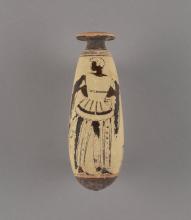
|
Blog: Call It What It Is: Racism and Ancient EnslavementJaval Coleman | |

|
Blog: Addressing the Divide Between Art History and ClassicsKathryn Topper | |

|
Blog: Addressing the Divide Between Archaeology and ClassicsSarah Bond | |
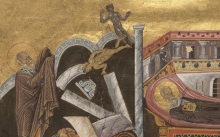
|
Blog: Addressing the Divide Between Biblical Studies and ClassicsSarah Bond | |
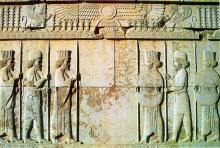
|
Blog: Addressing the Divide Between Ancient Near Eastern Studies and ClassicsCatherine Bonesho | |
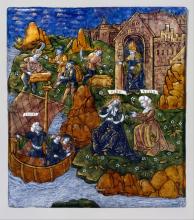
|
Review: Latin Scansion AppPatrick Hogan | |

|
Review: The Packard Humanities Institute (PHI)—Classical Latin TextsMatthew Loar | |
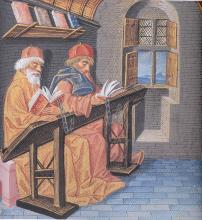
|
Review: Hodoi elektronikaiBen Gracy | |

|
Review: The Latin LibraryT. H. M. Gellar-Goad | |
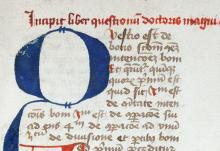
|
Review: Anderson on Winge, A Latin MacronizerPeter Anderson | |
The bitter cup in Lucretius and in the Incidents in the Life of a Slave Girl of Harriet JacobsT. H. M. Gellar-Goad | |
